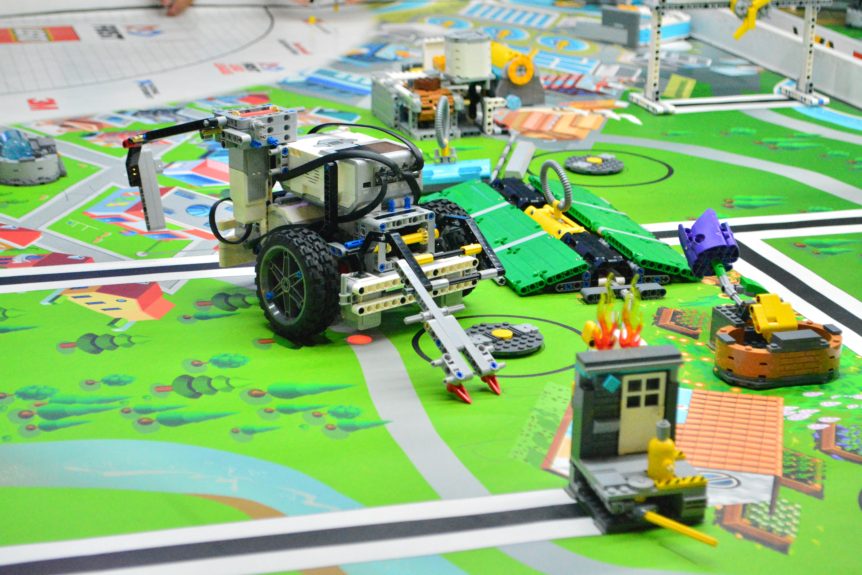In the case of our customer discovery process, we want to understand the biggest pain points within a given experience, but we also want to know where those pain points sit relative to others. In the last article, I talked about the concept of negative reinforcers and how the process of “taking away” a negative stimulus can often lead to a predictable behavioural change. In our case, this is purchasing our solution. This week I’m going to continue with the idea of removing pain but bring it into view against the backdrop of a larger structure of pain points called the tower of wishes and woes.
Everyone has a tower of wishes and woes. It’s our job while in discovery to understand what that hierarchy of wishes and woes looks like and whether a particular woe (pain point) is significant enough for the individual to take action to ameliorate that pain now—think urgency and importance/frequency.
A few years ago, I was on a client’s site, holding an LED high-bay prototype with no housing around the heat sink, no cone, and wires hanging out all over the place, when the customer insisted that we leave it with him.
“He was so adamant about having an immediate solution to his problem that he insisted we sell him the fully functioning, albeit incomplete prototype. And charge him full retail price for the opportunity. We swiped his card and did exactly that.”
Geoff, the state manager, wanted to demonstrate to the leadership team how that device was going to deliver an 8x reduction in their power bill while increasing current lux levels by close to 18%.
He was so adamant about having an immediate solution (high urgency) to his problem that he insisted we sell him the fully functioning, albeit incomplete prototype. And charge him full retail price for the opportunity. We swiped his card and did exactly that.
At that time it was my client’s only prototype, but this hi-fidelity MVP later turned into a beta test that eventually resulted in his first big sale. Not to mention that it gave him his first earlyvangelists.
Geoff was the state manager on a client’s site, and he was on the hook for achieving a huge cost-out target within the next 12 months. This was fairly high up in his tower of wishes and woes. It affected his bonus, which affected his income, which affected his ability to cover certain family commitments (high importance). And because he had to deliver the full cost-out benefit within a year, every passing month increased the difficulty of achieving that target.
Geoff didn’t know where the cost-out opportunity was going to come from, and the only lever he thought he could pull was headcount. With the installation of LED high bays, he didn’t have to cut heads, and the LED high bay retrofit delivered a huge cost savings thanks to the 24-hour/7-day-a-week operation.
Your discovery session with the customer must identify what is most important to them. People won’t simply come out and tell you about all their wishes and woes like they often will with their pain points—especially when those woes relate to personal matters of family or professional aspirations. Some of this has to be inferred during the conversation. This means making a guess about the urgency and importance of certain woes based on how people react to your questions and what they share with you about their own goals and reasons for seeking a solution in the first place.
Depending on fit, it’s up to you then to decide whether to make any number of iterations to your solution or to pivot to a solution that is more meaningful to your customer. If the customer is chasing after you with their wallet in hand and trying to buy up your prototype, it’s a good sign that you’re fairly high up in the tower.
Next week, I’ll talk about how we can take what we know about customer pain points and wishes and woes and begin the process of articulating the must-haves and the nice-to-haves for our solution design.
Until next time—

Mike is the Founder and General Manager of Redshift Consulting, Founder of Praetorian Code, and Board Member to the International Business TRIZ Association. He holds a Masters in Innovation and Entrepreneurship (UMD) and a Bachelors in Psychology and Education (UCSB). He is a Certified Lean Six Sigma Black Belt (UTS); Certified Practitioner of Theory of Inventive Problem Solving (TRIZ); former US Army Ranger and a Brazilian Jiu-Jitsu fanatic.

